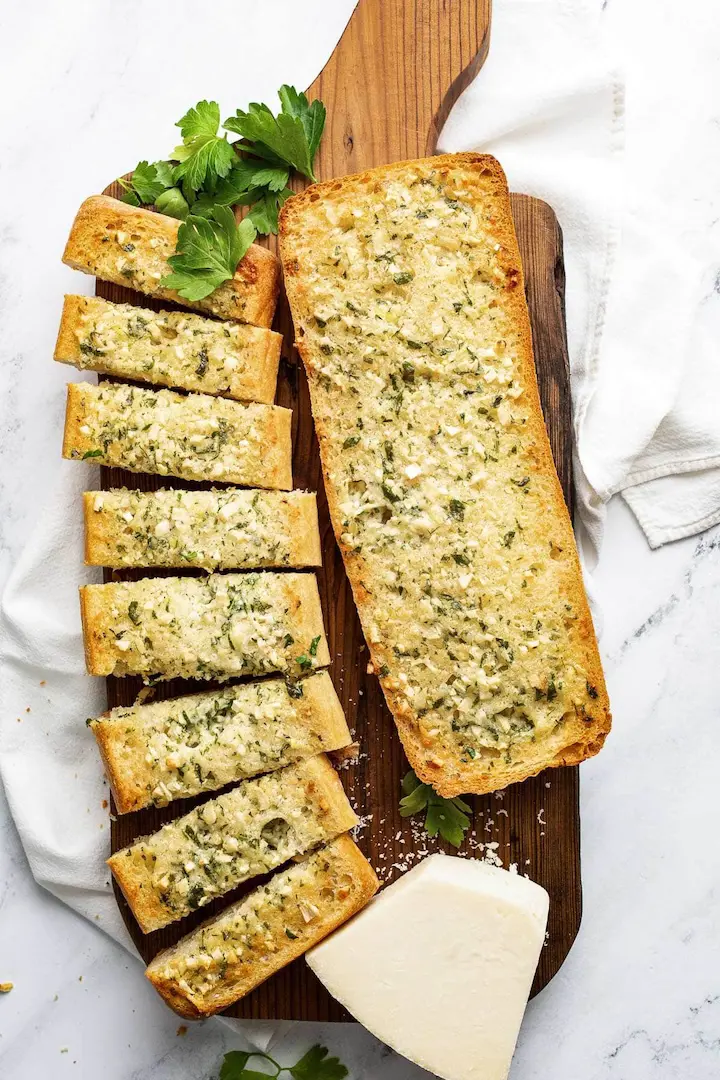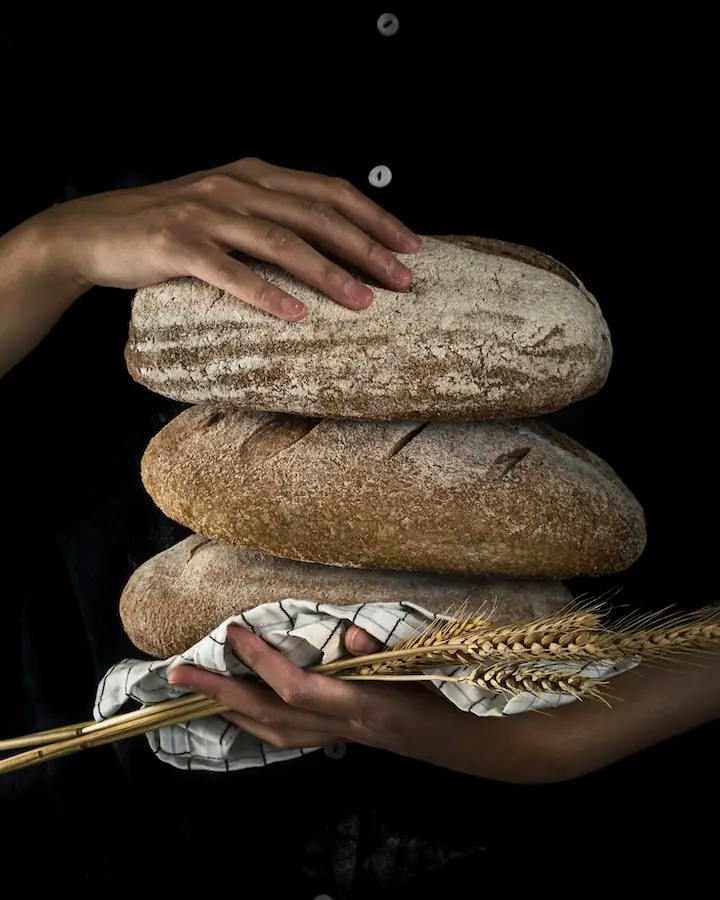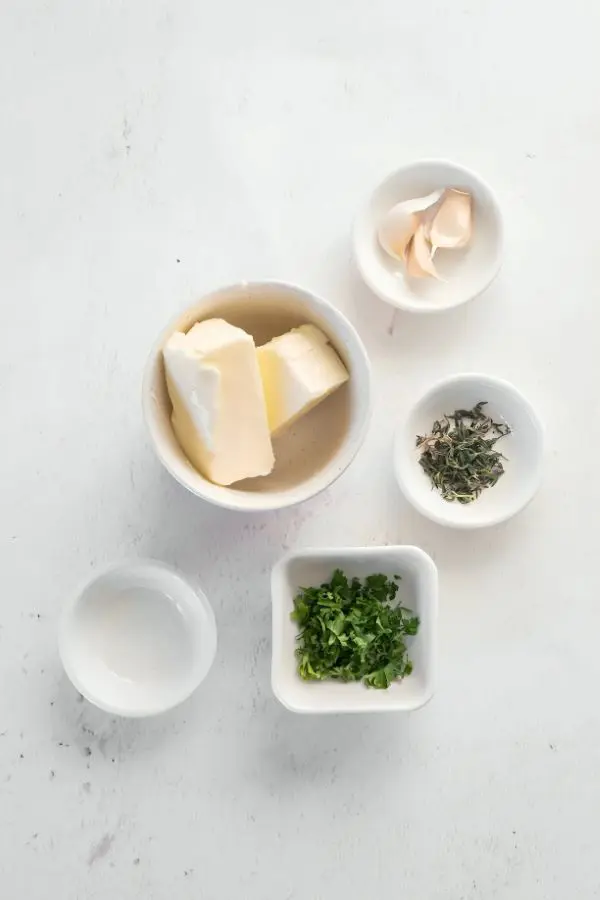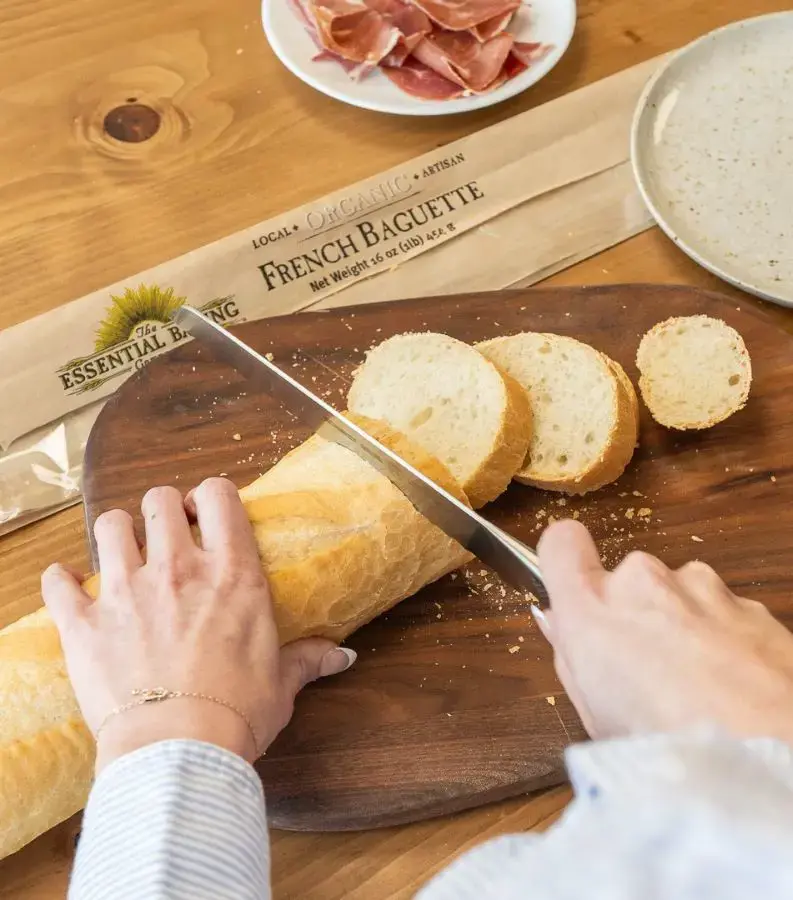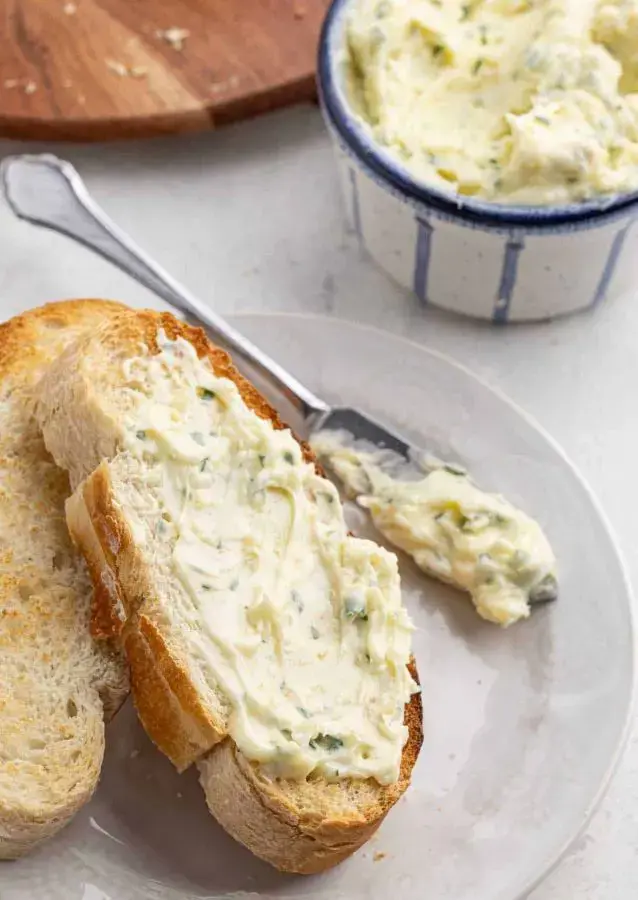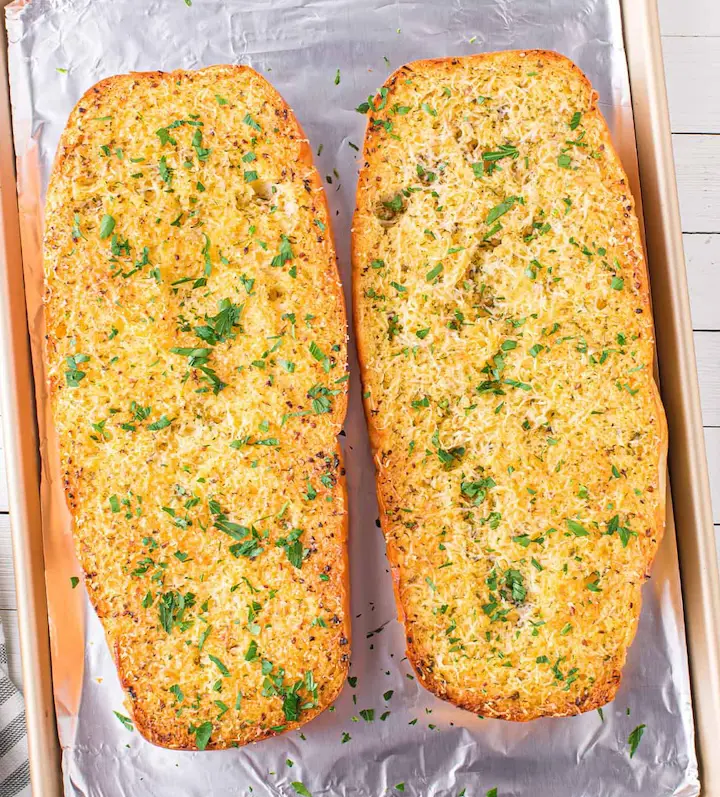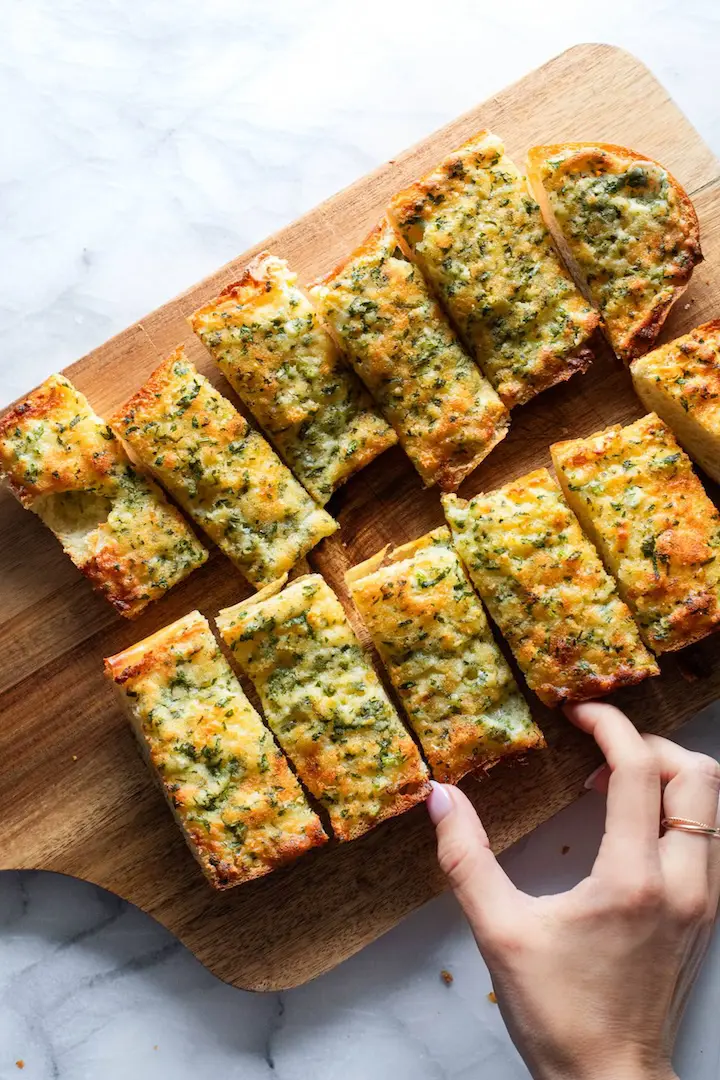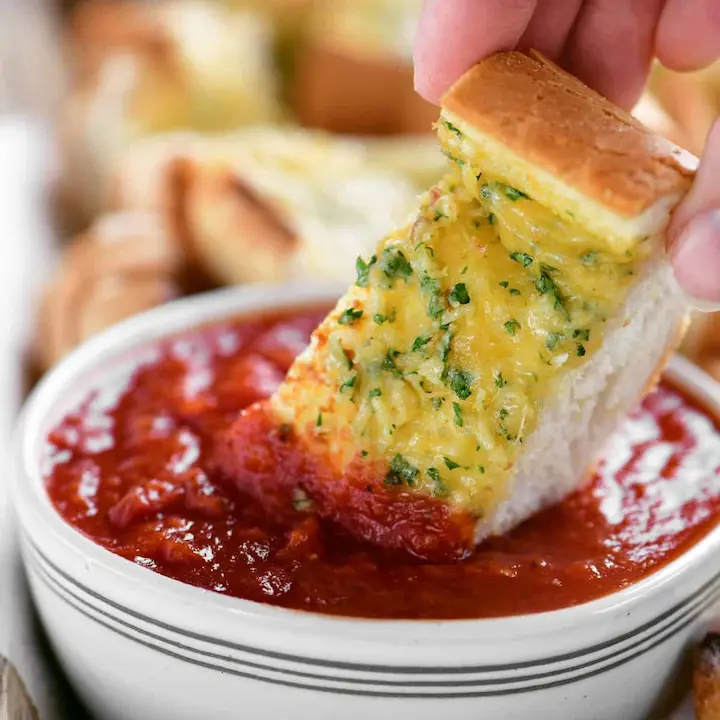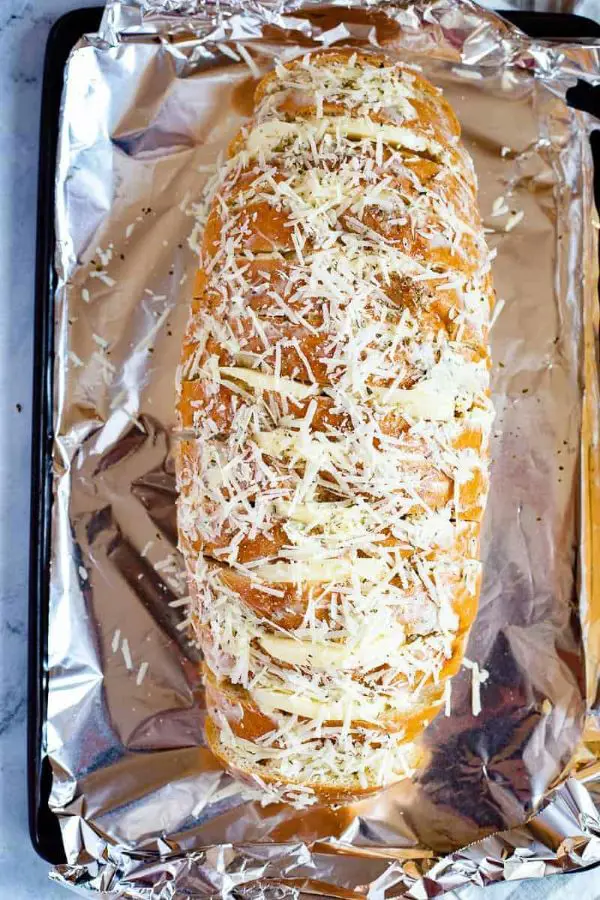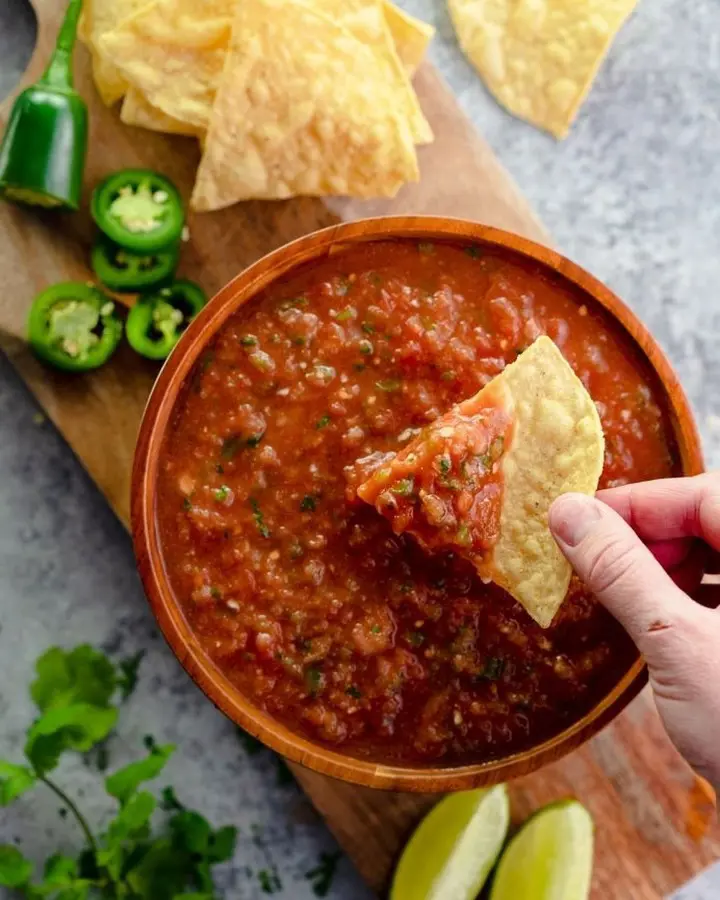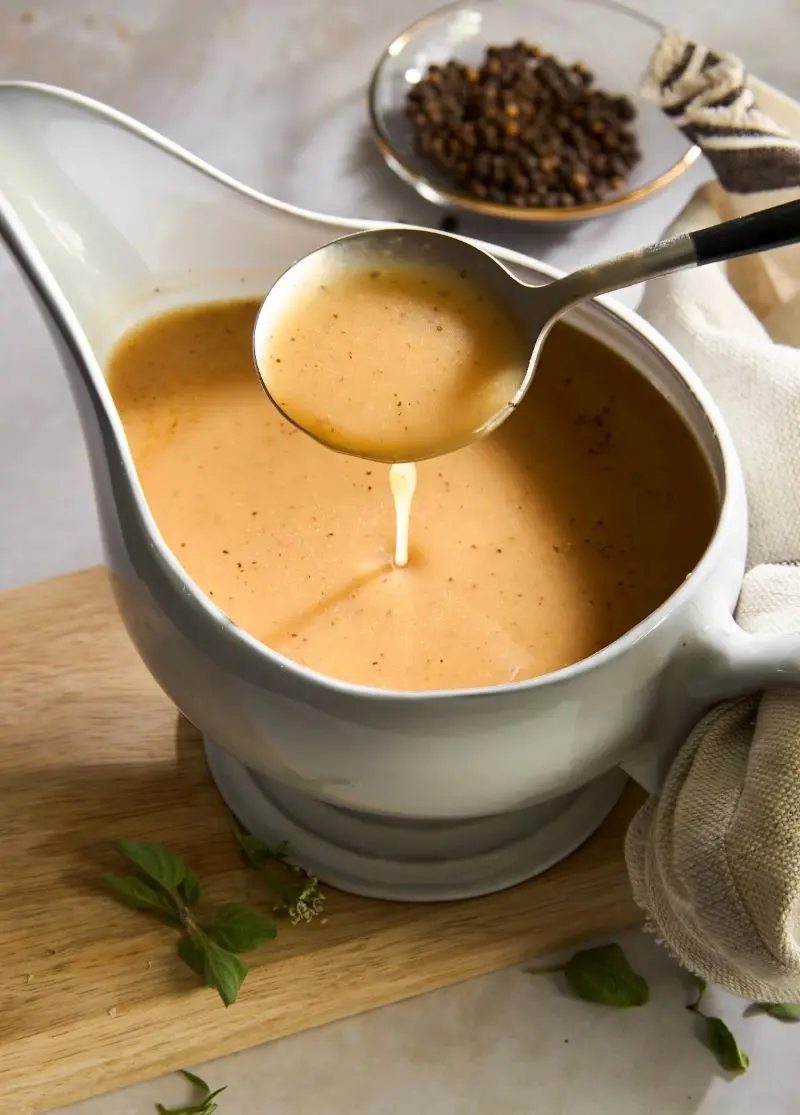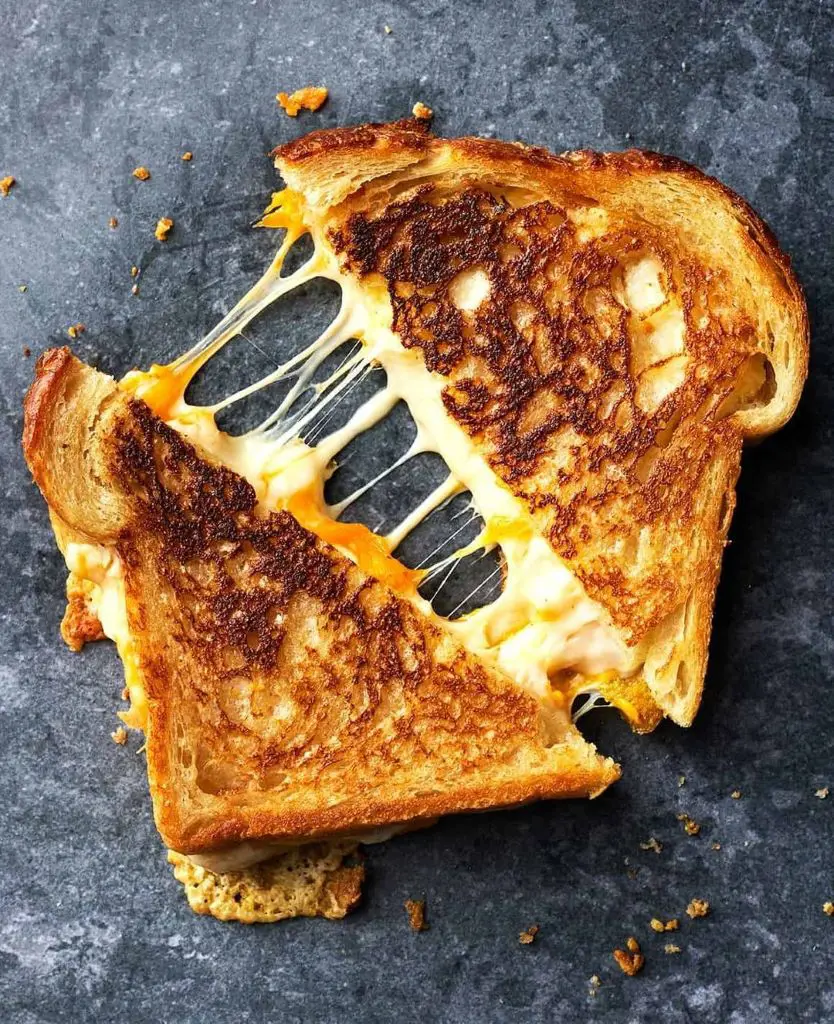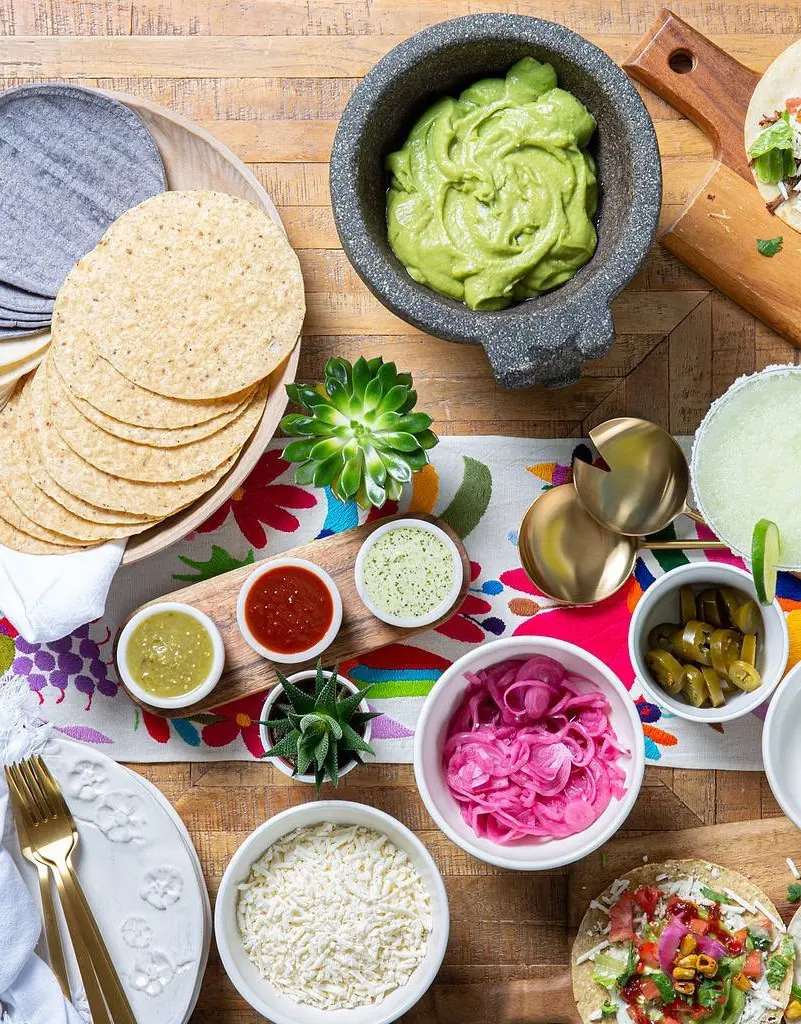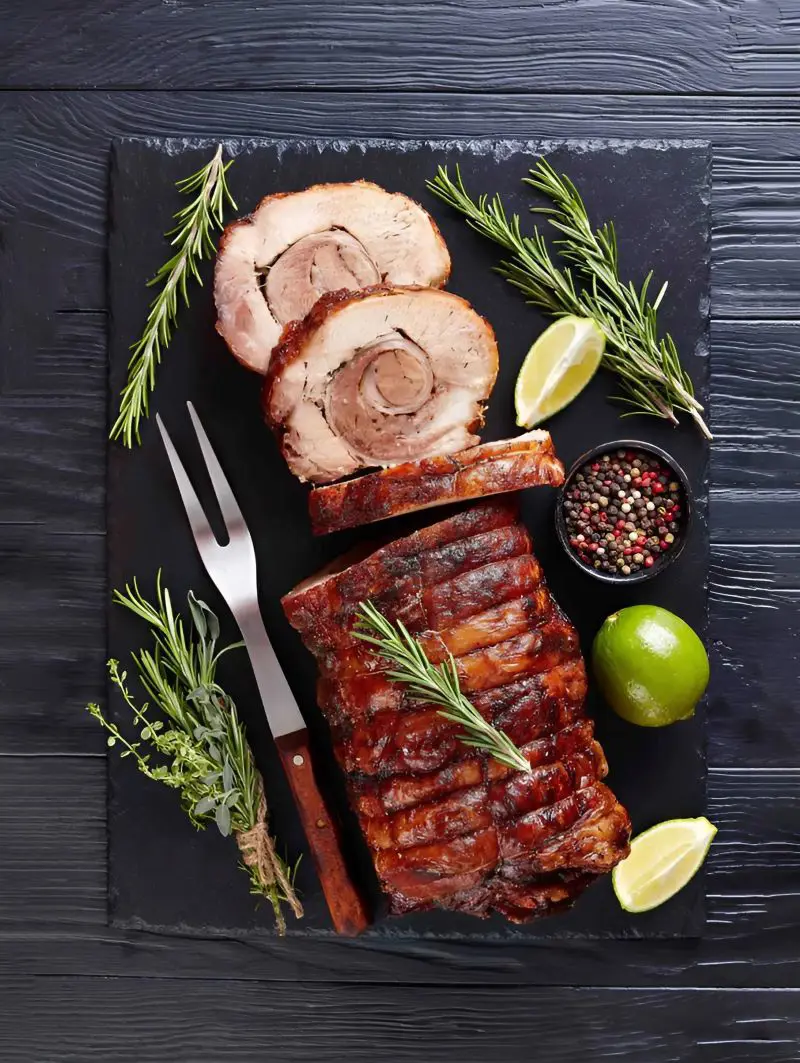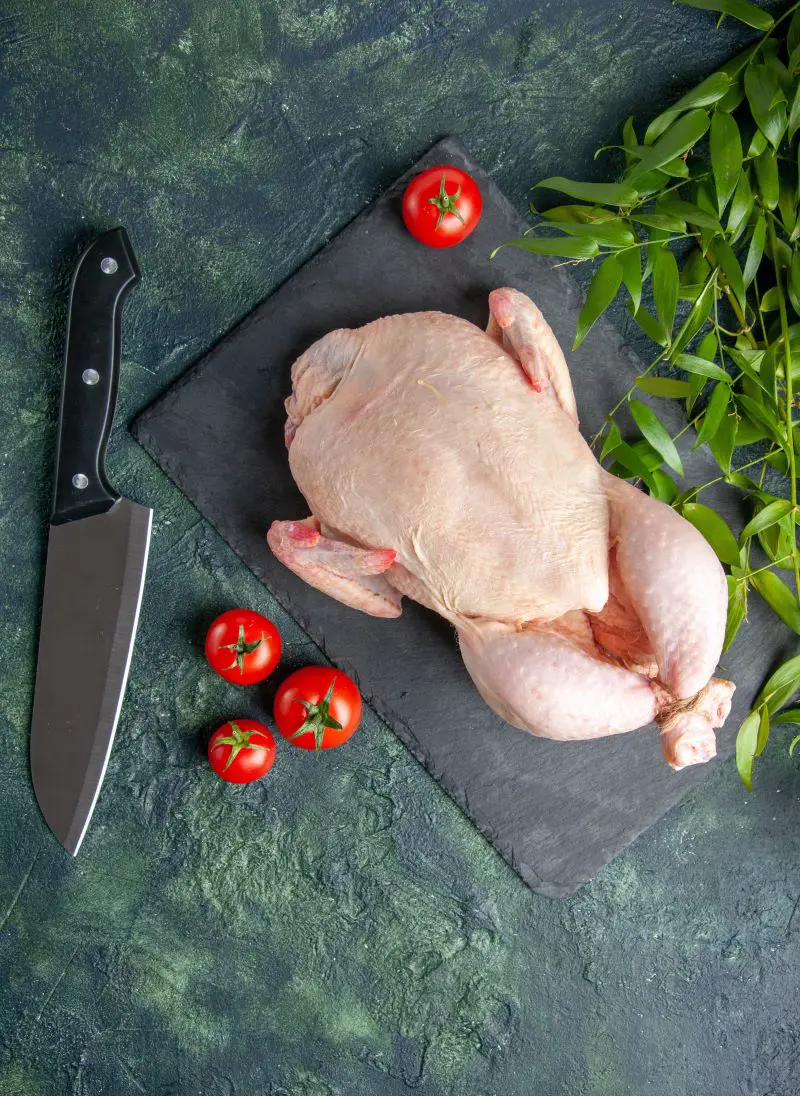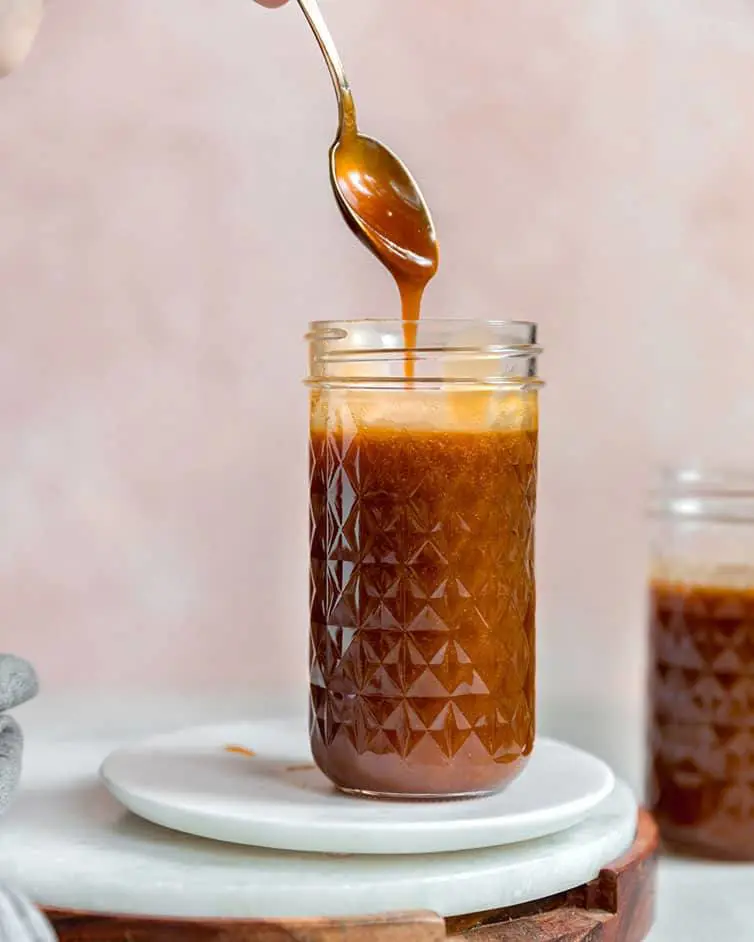Ingredients For The Perfect Garlic Bread
Before we dive into the recipe, let's gather all the ingredients. Here's what you'll need:
Bread
The most important ingredient is a good quality loaf of Italian or French bread. Look for a soft, fluffy interior and a crispy crust that can soak up all the delicious garlic butter.
Butter
Lots of softened butter is essential for creating the signature rich, buttery flavor. You can use salted or unsalted butter, but make sure it's at room temperature so it's easy to spread.
Garlic
Fresh minced garlic is a must for authentic garlic bread flavor. Avoid using garlic powder, which doesn't provide the same punch. Mince the garlic finely so it spreads evenly and gets nicely roasted in the oven.
Herbs
Fresh parsley adds a bright, herbal note that balances out the richness. You can also use dried Italian seasoning or other dried herbs if you prefer.
Likewise, other ingredients are:
- 1/4 teaspoon salt
- 1/4 teaspoon of black pepper
- 1/4 cup of grated Parmesan cheese (optional)
- 1/2 teaspoon of dried oregano or Italian seasoning (optional)
- 1/2 teaspoon of red pepper flakes (optional, for a bit of heat)
With these simple ingredients, you can create the perfect garlic bread.
